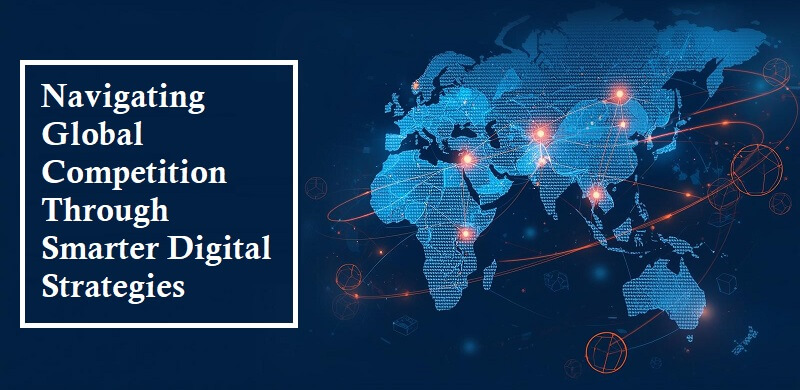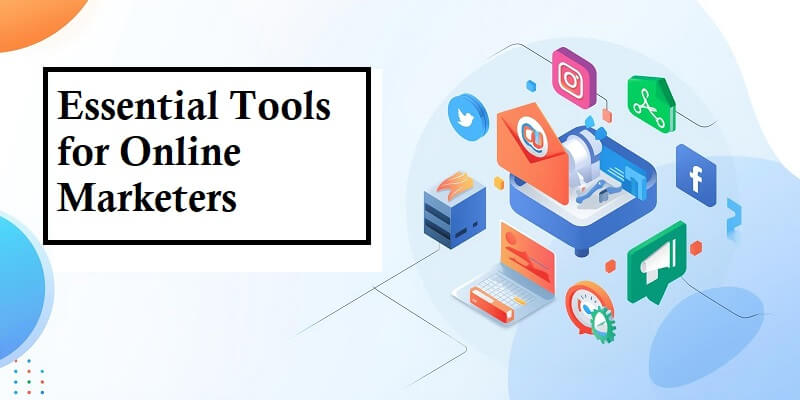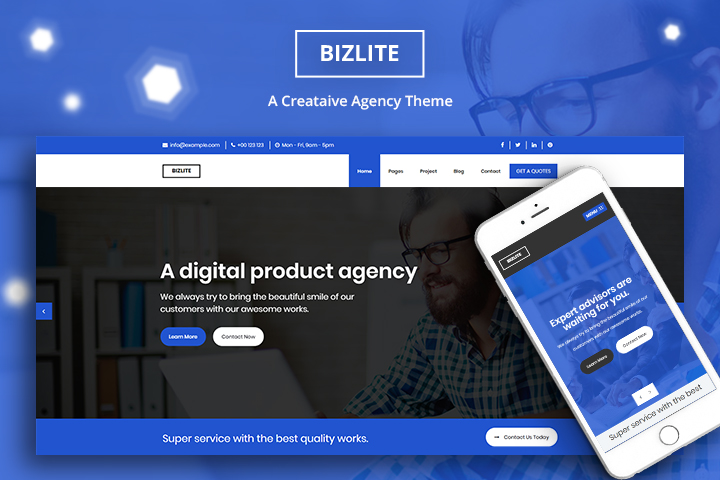Navigating Global Competition Through Smarter Digital Strategies
in Digital Marketing on September 19, 2025Globalization and digital transformation have redrawn the map of modern business. A local store in Kenya can now sell to a buyer in Berlin; a design startup in Nairobi can compete with established agencies in New York.
While this borderless marketplace creates unprecedented opportunities, it also raises the stakes. Businesses aren’t just competing with the shop next door—they’re competing with hundreds, sometimes thousands, of players worldwide, which is why choosing the best B2B marketplace software can be a game-changer for staying competitive.
So how can companies, especially small and mid-sized businesses, carve out space in this hypercompetitive environment? The answer lies in smarter digital strategies—ones that leverage technology, data, and cultural intelligence to stand out in a crowded global arena.
Let’s break down the essentials of navigating global competition with strategies designed for 2025 and beyond.

Understanding the New Landscape of Global Competition
The internet has democratized access to markets, but that democratization comes with fierce competition. A business that once dominated its local market may suddenly find itself facing new rivals from entirely different regions.
Htet Aung Shine, Co-Founder of NextClinic says, “Startups from emerging economies, equipped with agile digital operations, are entering international markets faster than ever. Platforms like Shopify, Amazon, and Etsy make it possible for small sellers in Asia or Africa to reach customers across Europe and North America with minimal overhead.”
Remote-first companies in Eastern Europe or South America can undercut traditional Western service providers while maintaining high-quality standards.
The old competitive levers—price and location—are no longer enough. Today, global competition is defined by value, experience, and innovation. Businesses need to think beyond just “what they sell” and instead focus on “how they sell” and “how they connect.”
Building Visibility with Smart Digital Marketing
Visibility is everything in the digital age. You might have the best product or service, but if global customers can’t find you, it won’t matter. That’s where smarter digital marketing comes into play.
Liam Derbyshire, CEO & Founder of Influize — Digital Marketing explains, “Localized SEO is essential for businesses entering new markets. It’s not just about ranking for keywords—it’s about understanding how people in different regions search for solutions. For example, a U.S.-based software company expanding into Europe may need to optimize not only for English but also for German, French, and Spanish terms.”
Social platforms with global reach—LinkedIn for B2B, TikTok and Instagram for lifestyle brands—are indispensable. The beauty lies in precision targeting. Paid ads allow businesses to test campaigns across multiple geographies, using A/B testing to see which messages resonate in which markets.
AI tools further enhance this by adjusting campaigns in real time based on engagement metrics, ensuring that ad dollars are always spent where they’re most effective.
In short, digital visibility is no longer about shouting the loudest. It’s about using data and technology to whisper the right words in the right ear, at the right time.
Localizing for Global Relevance
Translation is not localization. True localization means adapting not just language but tone, imagery, payment methods, and even product design to fit cultural expectations.
Marissa Burrett, Lead Design for DreamSofa explains, “AI-powered localization tools have made it faster and cheaper for businesses to enter new markets. Machine translation combined with natural language processing ensures that messages are contextually accurate, not just word-for-word conversions.”
This dramatically speeds up time to market, allowing SMBs to test campaigns globally with minimal investment.
Still, the human element is critical. Many brands have stumbled by ignoring cultural nuance—like Pepsi’s infamous campaign in China, where a slogan translation suggested “Pepsi brings your ancestors back from the grave.” Such missteps highlight the need for cultural intelligence alongside technological tools.
The sweet spot lies in balancing global consistency with local authenticity. A brand should have a core identity that remains recognizable worldwide, but its expression must adapt to resonate with each audience. Think of how McDonald’s menus vary by country: the golden arches remain constant, but offerings shift to reflect local tastes.
Strengthening Customer Trust and Brand Reputation Online
In a global environment, reputation spreads faster than ever—both good and bad. One viral tweet or online review can influence thousands of potential customers worldwide. That’s why building and maintaining trust is paramount.
Anthony Mixides, Founder & CEO of Bond Digital Web Design FZCO — Web Design Dubai explains, “AI-driven social listening tools help businesses monitor conversations across platforms and languages, enabling real-time response to customer feedback. Transparency—clear communication about values, pricing, and practices—is increasingly non-negotiable. Customers expect brands to stand for something beyond profits, whether that’s sustainability, ethical sourcing, or community engagement.”
Digital PR plays a huge role here. By telling authentic brand stories and aligning with global issues, businesses can position themselves as trusted players in international markets. Trust is the ultimate differentiator in global competition—it takes time to build, but once earned, it creates loyalty that transcends borders.
Future-Proofing with Agility and Innovation
Global markets are unpredictable. Economic shifts, political changes, or supply chain disruptions can reshape entire industries overnight. That’s why agility is the new competitive advantage.
Bill Sanders, from CocoFinder says, “Businesses must be willing to experiment. Instead of committing massive budgets to untested strategies, they can pilot campaigns in smaller markets, gather data, and scale what works. AI helps by identifying early signals of market shifts, allowing businesses to adjust before trends become mainstream.”
Resilience also requires infrastructure. Cloud platforms, remote collaboration tools, and AI-driven operations enable businesses to adapt quickly to disruptions. Companies that embed flexibility into their DNA—both technologically and culturally—are the ones best positioned to navigate uncertainty.
Innovation doesn’t always mean inventing something new; often it’s about adapting faster than competitors. By embracing smarter digital strategies, businesses can ensure they’re not just reacting to global competition but shaping it.
Harnessing AI and Data Analytics for Strategic Advantage
Data is the new currency of global competition. But raw data means little without interpretation—and that’s where AI comes in.
Predictive analytics allows businesses to anticipate consumer demand in new markets. A fashion retailer, for instance, can use AI to track emerging style trends in Southeast Asia and adjust its designs before those trends peak in Western markets. Competitive intelligence platforms powered by AI can monitor global rivals, analyzing pricing, product launches, and customer sentiment across multiple languages and regions.
Abdul Saboor, Link Building Specialist at Outreaching.io — Qwoted Link Building says, “Personalization is perhaps the most powerful application. AI enables SMBs to tailor marketing messages at scale, offering a customer in Tokyo a completely different experience than a customer in Toronto, even though the underlying system is the same.”
The risk, however, lies in treating data as the sole guide. Numbers tell part of the story, but cultural context matters just as much. A campaign that performs well in one market could flop in another if it ignores local customs or sensitivities. Businesses must balance AI-driven insights with human understanding to ensure authenticity.
Conclusion
Global competition is no longer on the horizon—it’s here. From small retailers to ambitious startups, every business is now part of an international marketplace where agility, visibility, and trust define success.
The winners will be those who combine technology with cultural intelligence, who leverage AI and analytics without losing authenticity, and who treat global competition not as a threat but as an opportunity.
For businesses ready to thrive in 2025 and beyond, the path is clear: invest in smarter digital strategies, stay adaptable, and never lose sight of the human connection that turns global customers into loyal advocates.







